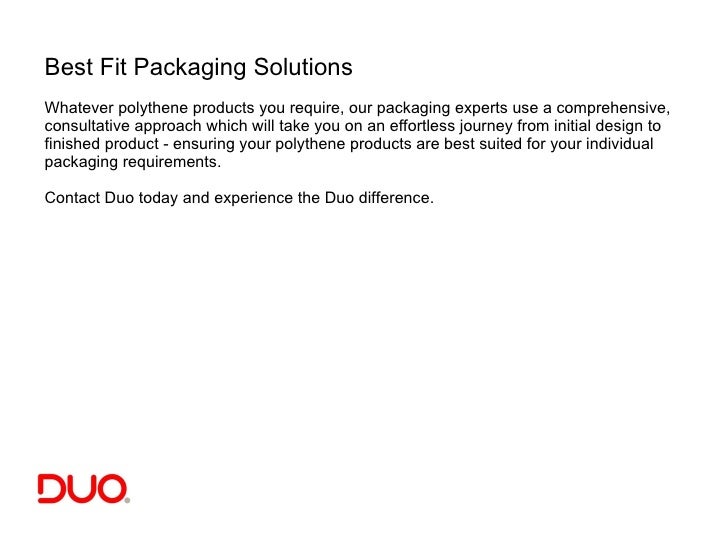
We can convert L-atm to Joules using the transformation variable of ΔV is the alteration in the volume of the gas, which can be determined from the absolute (initial) and final volume of the gas: To calculate how much work is done by the gas or on the gas, against a constant outer tension, we utilise a minor departure from the past condition, where P outside is the outside pressure (rather than the strain of the gas inside the framework). In this model, the gas gets chipped away at the environmental elements, which incorporate the cylinder and the remainder of the universe.

These dynamically successive crashes provide energy to the cylinder and push it against outside pressure, expanding the general volume of the gas. As the gas particles move faster, they collide with the cylinder more frequently. of the particles by estimation as the temperature of the gas increases.

We can notice the increase in normal K.E. Energy is added to the gas atoms so that the gas becomes heated. Two cylinders can give the gas access in and out of the cylinder to control the development of the gas. Work done while compressing a gas is also commonly known as strain volume or PV, where P is pressure and V is volume.Ĭonsider that gas is contained in a cylinder. The packing of gas is likewise known as the isothermal cycle. Gases can go through expansion or compression against constant outside pressure.

The actual conditions of gas will go through change contingent upon the exchange, regardless of whether it is isothermal, adiabatic, or regularly polytropic.Ī few examples of work done on compressing a gas are: Assuming that the tension of gas is raised from P1 to P2, the pressure for this interaction is characterised as P1/P2. Gas pressure expands the tension of the gas and changes the physical conditions of the gas, which means the temperature and volume of a quantum of gas change. Work is either done on the gas or by the gas, and consequently the volume of the gas decreases or increases.


 0 kommentar(er)
0 kommentar(er)
